ECOLOGY ▪ EDUCATION ▪ ADVOCACY
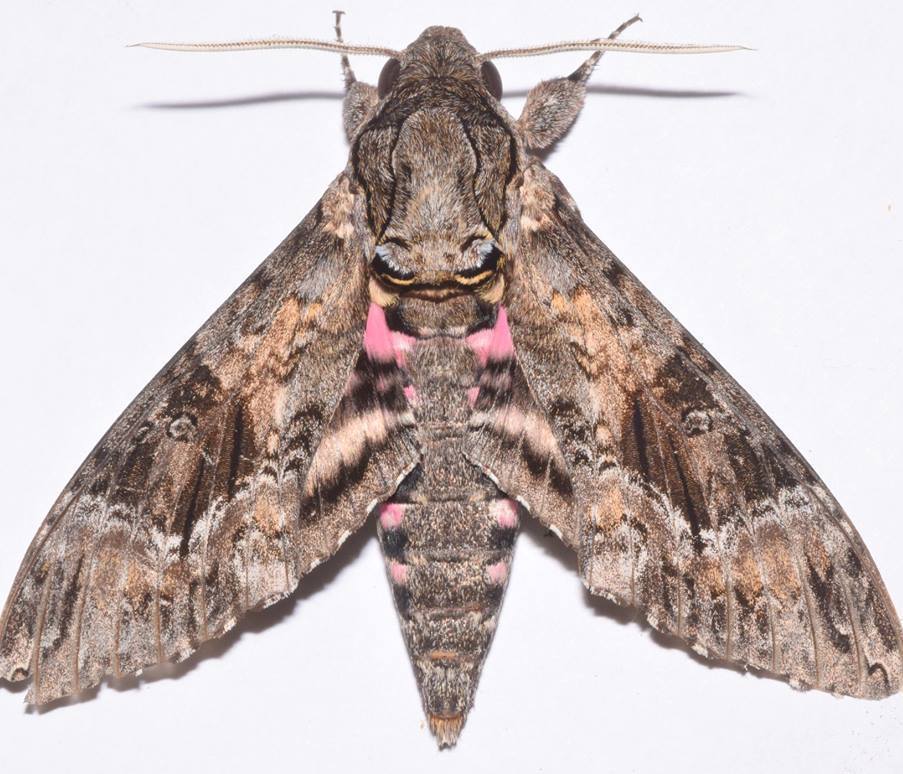
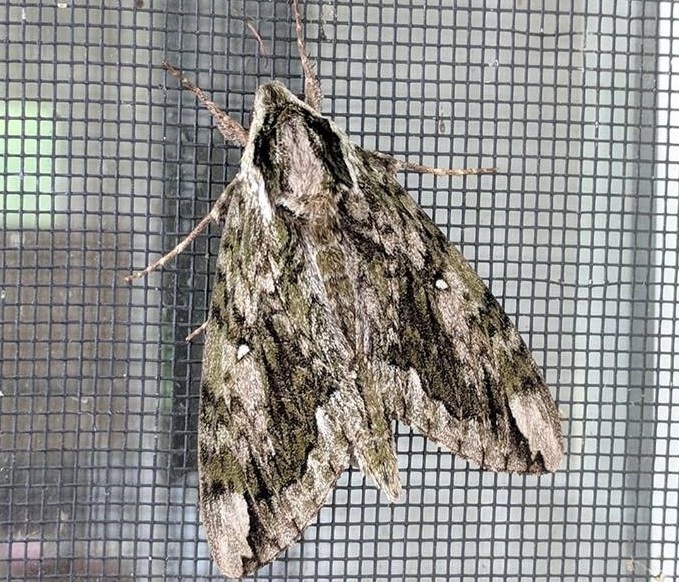
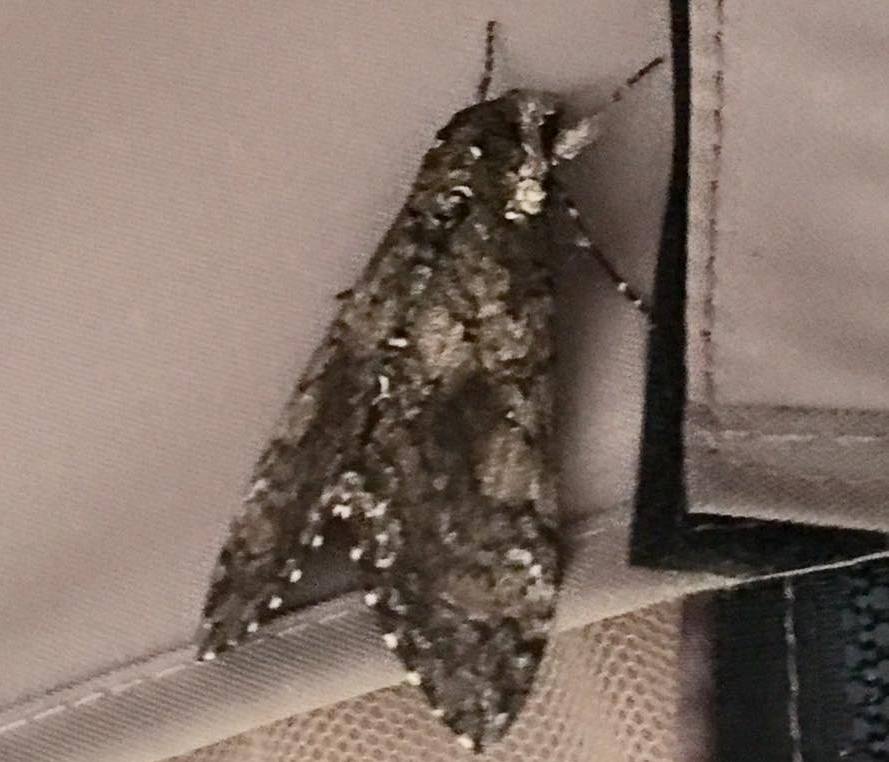


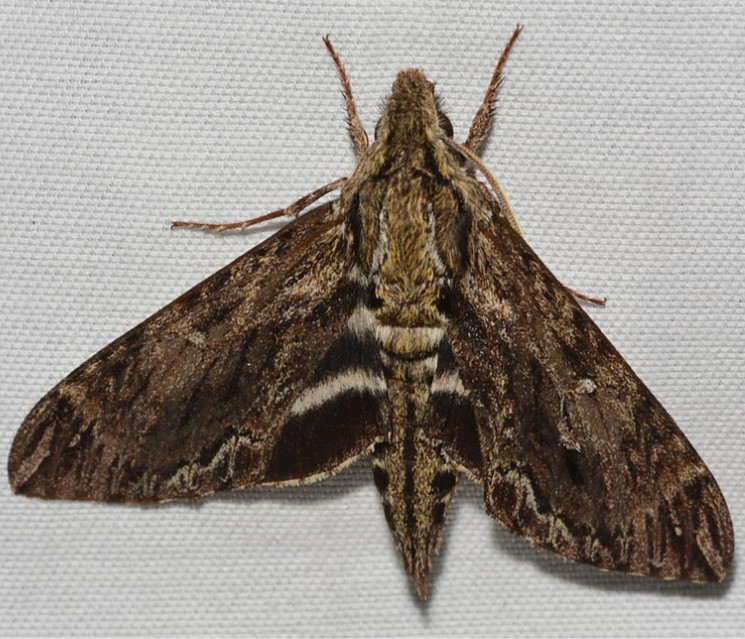
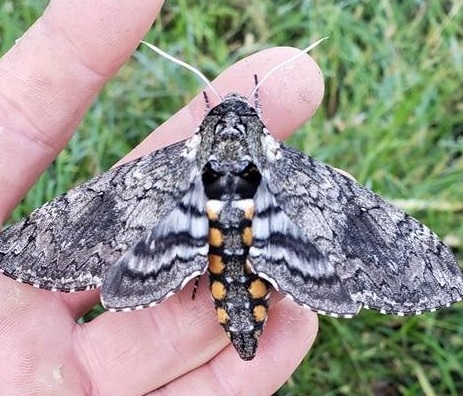
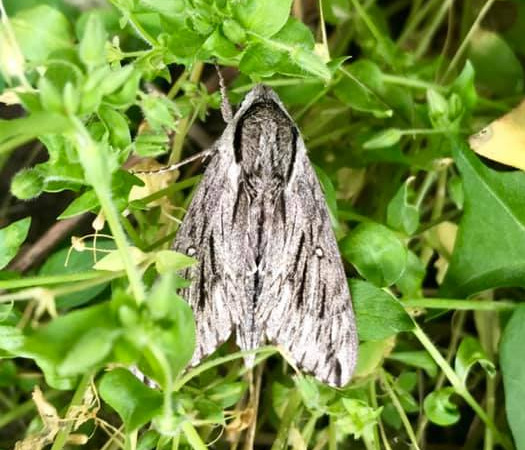
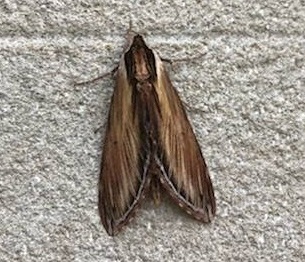
Sphingini: Named for the resemblance of the caterpillars to an Egyptian Sphinx.
The suffix ini is standard taxonomic nomenclature to indicate that the word pertains to a zoological tribe.
Sfinj-in-eye
This large, cosmopolitan tribe includes over 40 genera and 300 species. In the Midwest, nine genera and about 21 species have been documented. The GAINLP currently has six genera and 11 species reported. The generas, Isoparce, Lapara, and Lintneria are currently not listed on this page, but will be added once reported through the GAINLP.
Agrius courtesy of Chris Joll, Ceratomia courtesy of Linda Wallace, Dolba courtesy of Alesa Cox, Manduca courtesy of Tim Haynes, Paratrea courtesy of Suzanne Hendrix, and Sphinx courtesy of Sarah Nimetz. Hermit Sphinx (Lintneria eremitus) by Andy Reago and Chrissy McClarren of (https://commons.wikimedia.org/wiki/File:-_7796_%E2%80%93_Lintneria_eremitus_%E2%80%93_Hermit_Sphinx_Moth_(35864012276).jpg) from Wikimedia commons. Photo was cropped to a 7:6 aspect ratio.